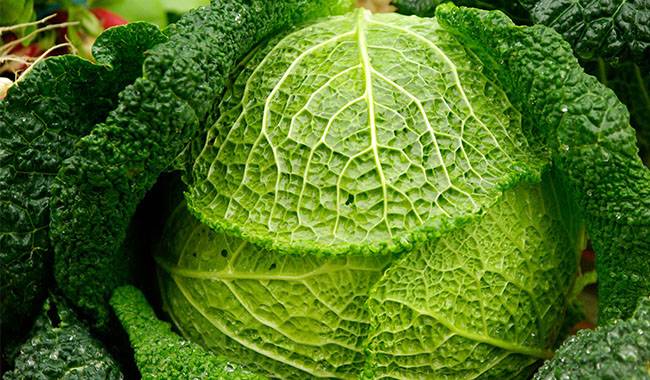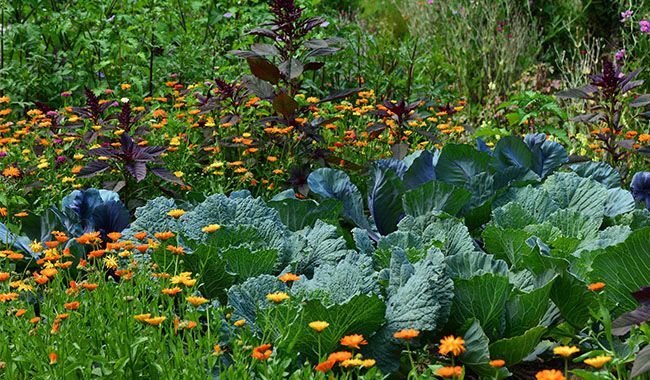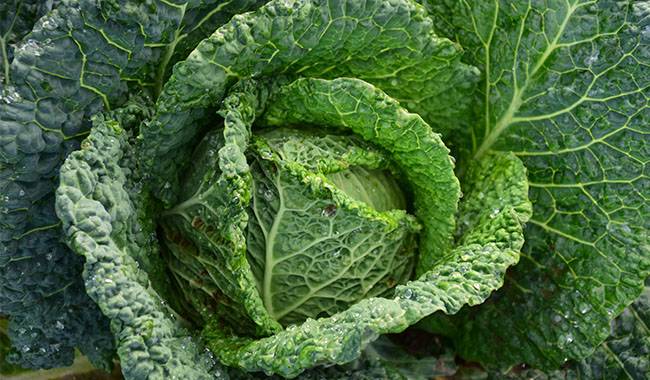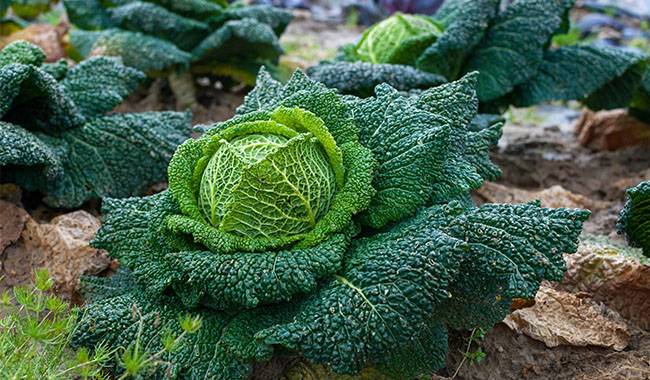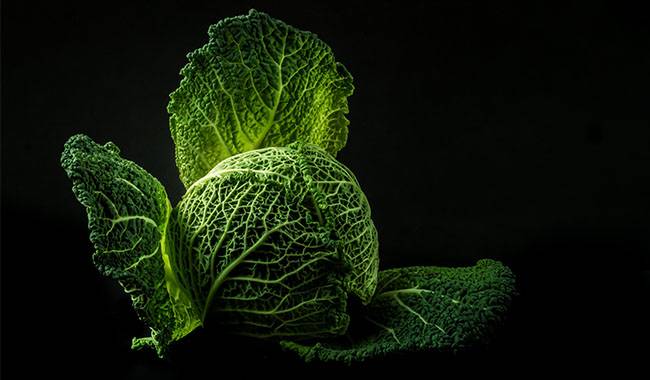
In this article, it will shows you which companion plants grow best with cabbage.
There are several ways in which cabbage companion plants benefit cabbage growth.
It grows well near companion plants and poorly near hostile plants.
Some plants repel pests and make them curl up with cabbage, others lure them away.
There are also plants that act as barriers, making it difficult for pests to reach the plants they infest and to attract plants that attract insects that pollinate gardens or prey on pests.
CHARACTERISTICS OF COMPANION PLANTS
Other characteristics of companion plants make them good companions for cabbage. Usually, they share the same preferences in terms of soil, watering, temperature, and light.
Cabbage prefers an area with full sun but cooler temperatures. The area should be well-drained but with nutrient-rich, fertile, or sandy soil to retain moisture below the surface.
Mulch the soil and give cabbage 2 inches of water per week. The pH of the soil should be less than or equal to 6.5.
HOW DOES COMPANION PLANTING WORK?
Companion planting is a practice of growing certain plants side-by-side with each other to reap the benefits of their complementary characteristics, such as their nutrient requirements, growth habits, or pest resistance.
A typical example of companion planting
Corn trio: string beans and winter squash, which are often grown together by various Native American communities because of the complementary nature of the plants.
The corn grows high and supports the string beans. The squash stays low, shading the area with large, spiny leaves to discourage weeds and pests; the fast-growing beans provide a supply of nitrogen.
Habituation is not the only feature to consider when companion planting-it’s also important to understand the plant’s nutritional needs.
Growing plants that require the same key nutrients means they will be competing for resources, which can slow down growth for all. Therefore, it is often best to plant plants that supplement nutrients together.
Finally, companion plants will help each other when it comes to preventing pests and diseases.
For example, the strong scent of plants like lavender, rosemary, and mint can deter grazing animals from snacking on nearby vegetables, while tuna, a favorite of aphids, can be used as a bait plant to keep pests away from your main food crop.
CABBAGE COMPANION PLANTS INCLUDE
Beets
Bush beans
Catnip
Celery
Chamomile
Chard
Cucumbers
Dill
Garlic
Hyssop
Kale
Lettuce
Marigolds
Onions
Oregano
Peppermint
Potatoes
Rosemary
Sage
Southernwood or wormwood
Spearmint
Spinach
Tansy
Thyme
PLANTS TO CONTROL CABBAGE PESTS
Several plants can repel cabbage pests or lure them in.
Rosemary, sage, thyme, mint, lisianthus, hyssop, catnip, celery, marigold and southernwood or mugwort will repel imported cabbage moths and create a barrier when planted on cabbage.
Mugwort repels imported cabbage and ground worms.
Rosemary also repels cabbage flies.
Marigold repels aphids in addition to imported cabbage moths.
Mint repels ants that would normally protect ladybugs from ladybugs or ladybugs, and you may be able to release them to attack aphids.
Catnip repels flea beetles.
Onions and beets also repel pests.
PLANTS THAT IMPROVE THE FLAVOR OF CABBAGE
Some of the cabbage’s companion plants improve its flavor.
Garlic, dill, celery, beets, onions, peppermint candy, and southernwood or mugwort enhance the flavor of cabbage.
Chamomile adds potassium, calcium, and sulfur to the soil, which also improves the flavor of cabbage.
PLANTS THAT HELP CABBAGE GROW AND STAY HEALTHY
Some cabbage companions can help it grow.
Dill, chamomile, garlic and southern wood or mugwort not only improve the flavor of cabbage, but also its growth.
Mint improves the health and flavor of cabbage.
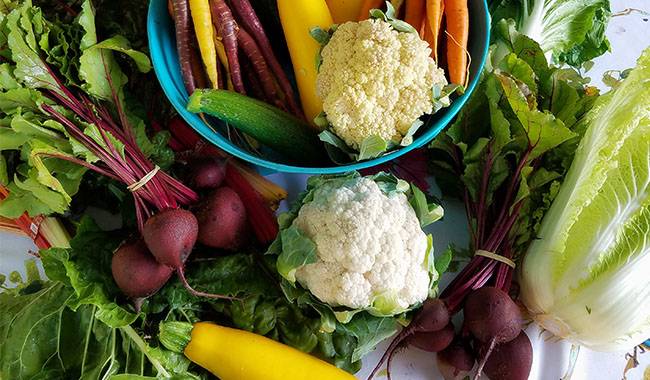
HOSTILE PLANTS FOR CABBAGE
Hostile plants should be planted on opposite sides of the growing space, or at least 4 feet apart.
Hostile plants for cabbage are
Bittercress
Broccoli
Cauliflower
Eggplant
Grapes
Mustard
Pepper
Pole beans
Runner beans
Strawberries
Tomatoes
PLANTS THAT WILL BENEFIT YOUR ENTIRE GARDEN
Carrots
Marigolds
Nasturtiums
Parsley
Parsnips
Yarrow
Not only does marigold repel pests, but it also adds nutrients to the soil it grows in and gives a boost to plants growing near it.
At the end of the growing season, yarrow can continue its work and contribute to your compost pile.
Nasturtiums will attract aphids, flea beetles, and caterpillars. In fact, aphids may prefer nasturtiums to any other plant growing in your garden.
While marigolds are particularly beneficial for cabbage, they repel nematodes and beetles, and even deer.
On the other hand, while flea beetles will attack several crops, nematodes and some subterranean beetles will prey on cabbage maggots, so take this into account when deciding where to plant marigolds.
ATTRACTING BENEFICIAL INSECTS
Plants in and around the garden can help attract beneficial insects and act as bait or repellents for harmful insects.
For example, dill, parsley, carrots, and parsnip will attract spiders, ladybugs, or lady beetles, and praying mantis prey on many plant pests.
In addition, fireflies will attack worms, but fireflies need to rest during the day.
Planting shrubs and dwarf trees where they can rest will attract more bushes to your garden. Trees and bushes also attract insectivorous birds.
However, keep your shrubs neatly trimmed. Allowing too much growth provides a shelter where flea beetles and moths may hide in the winter.
Proper pruning allows air to flow through the branches, which is healthy for the shrubs but definitely not for the insects that try to overwinter in them.




